Optimal Timing for Storm Restorations
Storm restorations are most effective when performed promptly after severe weather events. The optimal timing depends on weather patterns, seasonal conditions, and local climate factors. Addressing storm damage early can prevent further deterioration and reduce repair costs.
This period often sees increased storm activity, making it an ideal time for inspections and repairs before the peak of storm season.
Immediately after storms, inspections help identify damage early, allowing for timely restoration efforts.
Late fall and winter may offer fewer storms, but some restoration work can be scheduled during these times to avoid peak season delays.
Performing restorations during dry, mild weather ensures safety and quality work, reducing the risk of delays caused by rain or snow.

Inspecting roofs after storms is crucial for identifying vulnerabilities and damage.

Timely fixes can prevent further damage from weather exposure.

Preparing for storm season with inspections and repairs helps mitigate risks.
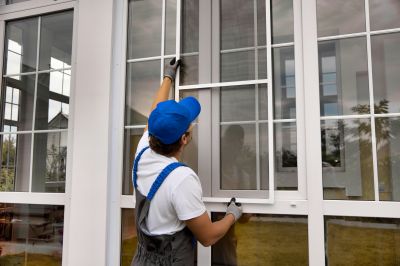
Ways to make Storm Restorations work in tight or awkward layouts.

Popular materials for Storm Restorations and why they hold up over time.

Simple add-ons that improve Storm Restorations without blowing the budget.

High-end options that actually feel worth it for Storm Restorations.

Finishes and colors that play nicely with Storm Restorations.
| Season | Optimal Activities |
|---|---|
| Spring | Inspecting roofs, trimming trees, scheduling repairs before storm season peaks. |
| Summer | Performing urgent repairs, addressing storm damage promptly, ongoing maintenance. |
| Fall | Assessing damage from late-season storms, preparing for winter weather. |
| Winter | Conducting inspections in mild weather, planning for upcoming storm seasons. |
| Post-Storm | Immediate assessments and repairs following severe weather events. |
| Off-Peak Seasons | Scheduling repairs during less busy periods for better availability. |
Storm restorations involve repairing and restoring properties damaged by severe weather, including wind, hail, and rain. These efforts help maintain structural integrity, protect property value, and ensure safety. Statistics indicate that timely restoration can significantly reduce long-term repair costs and prevent secondary damages such as mold or rot. In regions like Kentucky, storm activity varies seasonally, with peak occurrences typically in spring and summer. Proper planning and prompt action are essential for effective storm damage management.
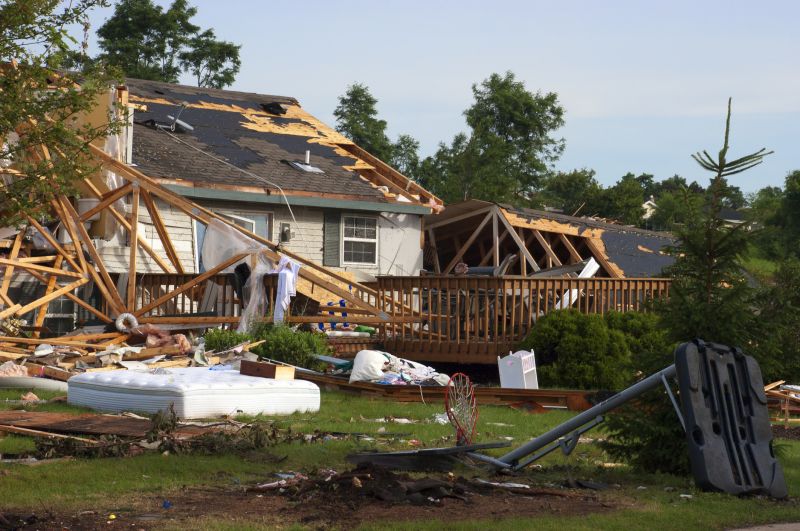
Storms can cause shingles to blow off, leading to leaks and structural issues.
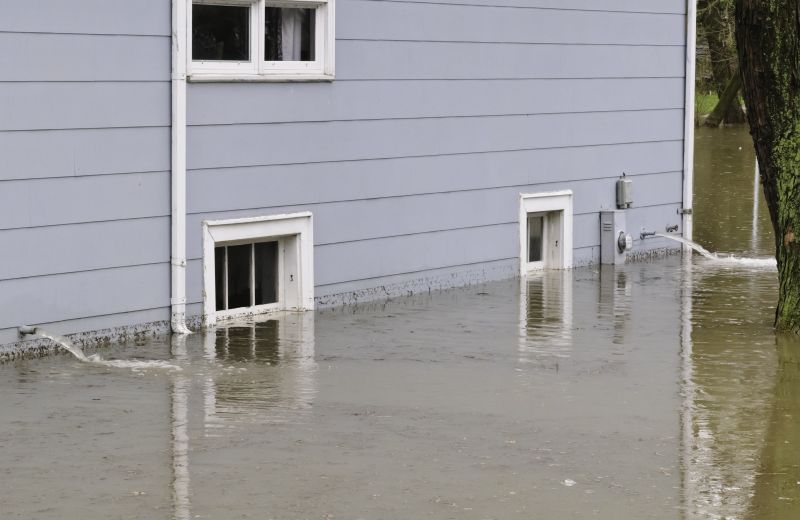
High winds and hail can damage exterior surfaces, requiring prompt repairs.

Fallen branches and trees can cause significant property damage.

Heavy rain can lead to water intrusion, emphasizing the need for timely restoration.
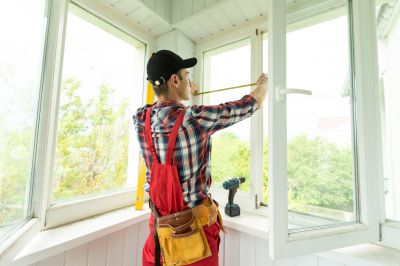
Little measurements that prevent headaches on Storm Restorations day.

A 60-second routine that keeps Storm Restorations looking new.
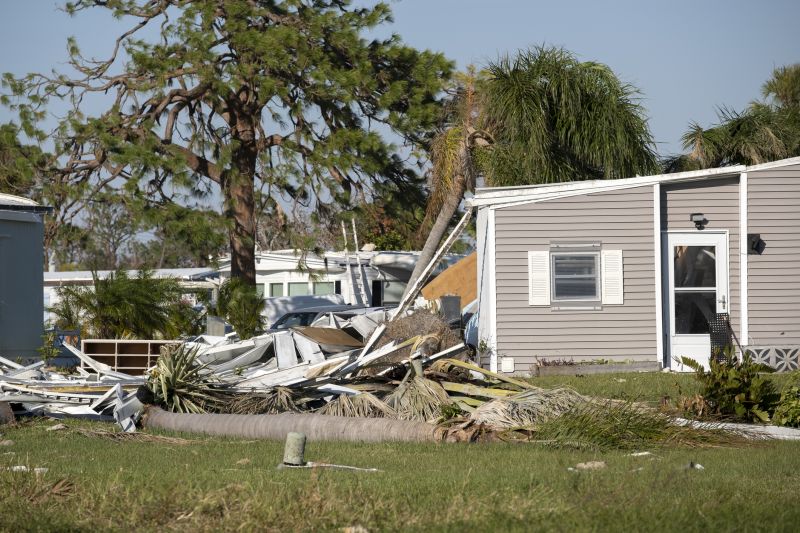
A frequent mistake in Storm Restorations and how to dodge it.

Small tweaks to make Storm Restorations safer and easier to use.
Filling out a contact form can facilitate scheduling inspections and initiating storm restoration projects. Prompt engagement ensures damage is addressed efficiently, minimizing disruption and long-term costs. Regular maintenance and early intervention are key components of effective storm damage management, especially in regions prone to seasonal storms like Kentucky.
